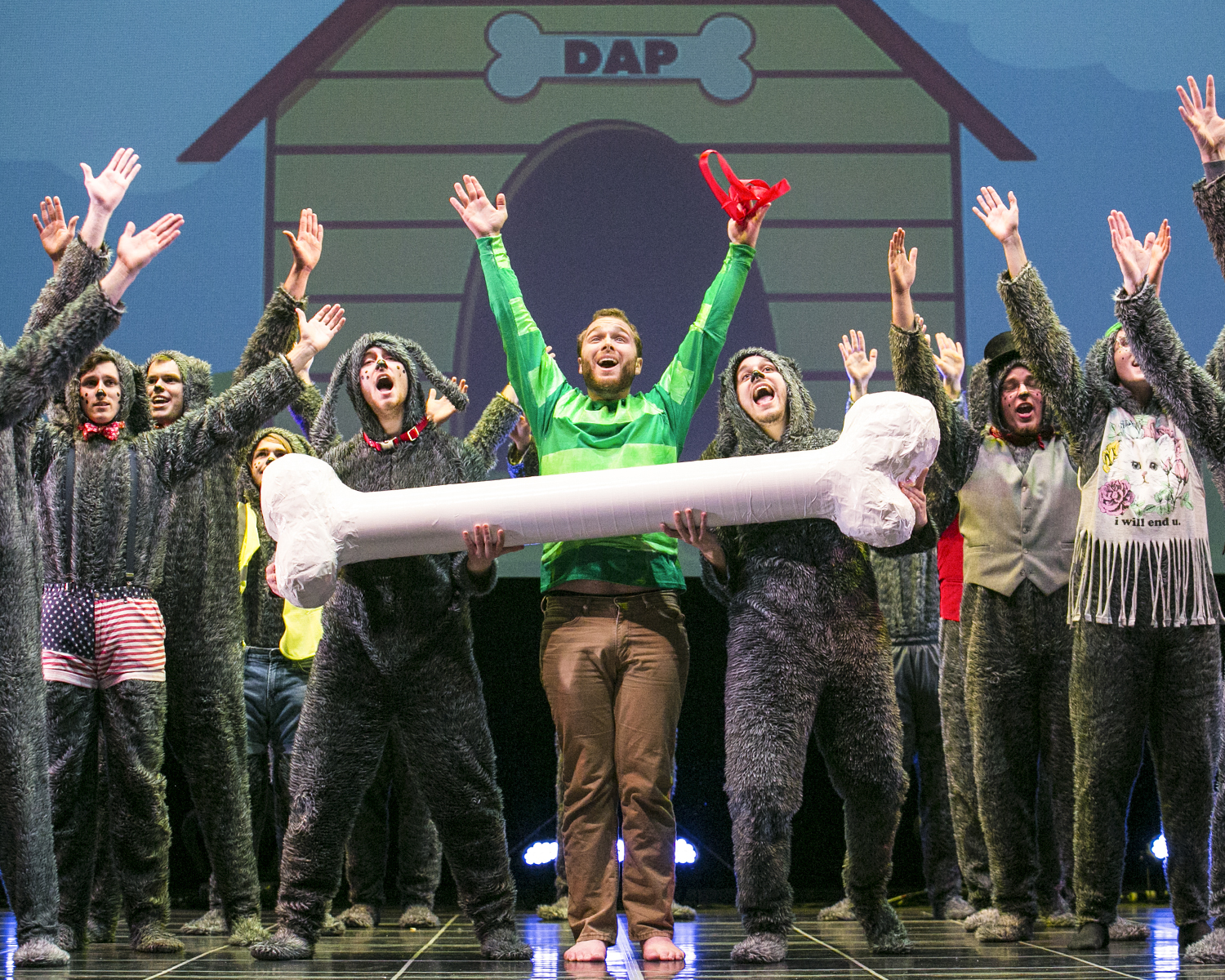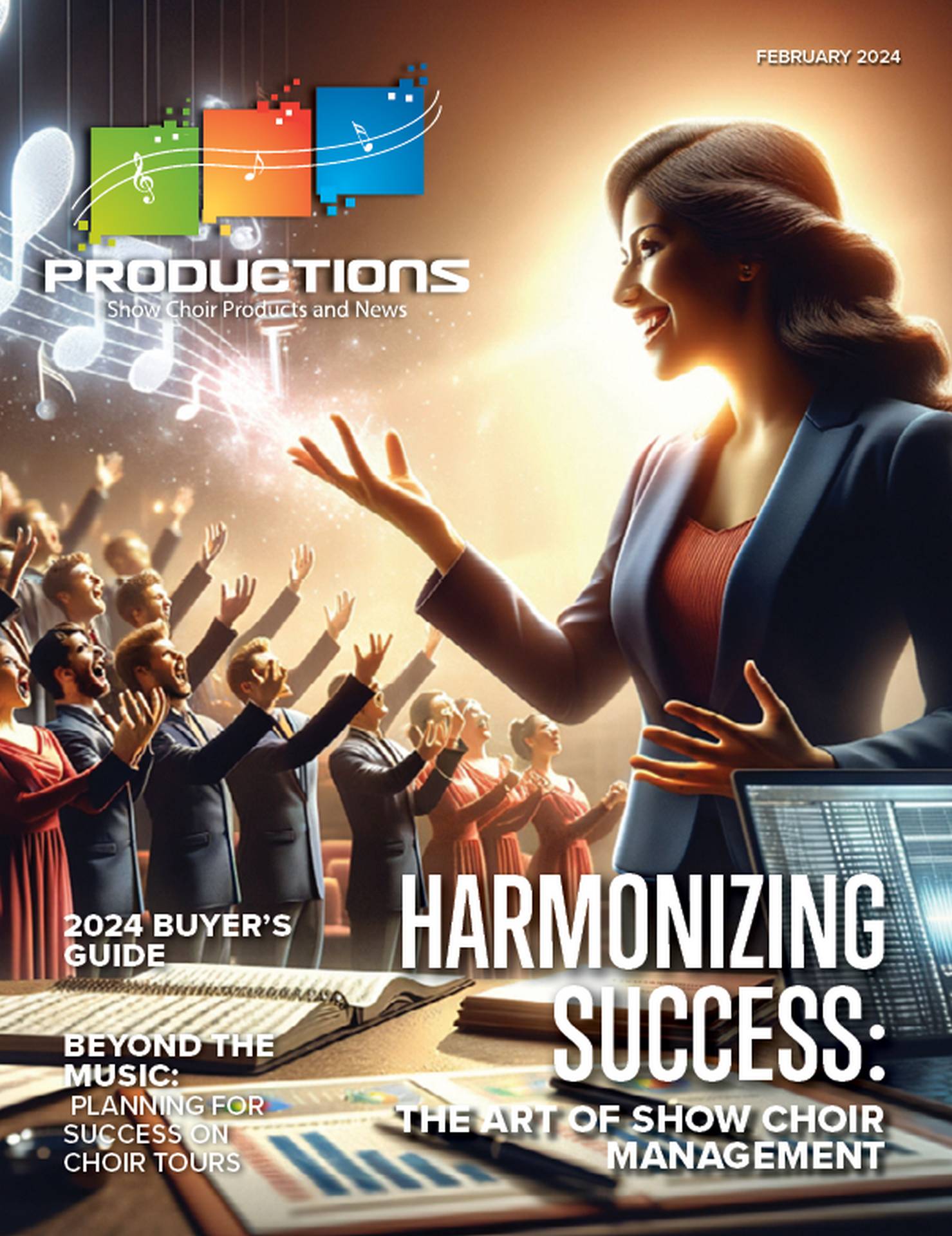
Putting StepSing in Context
Before getting into too many details about StepSing, some atmospheric baseboards should be set, so I can better put StepSing in context for readers who are unfamiliar with this university. Everything about Samford is beautiful and manicured, from the football field to the pristine campus. Seldom would you walk to class without exchanging genuine smiles-not because we were deliriously happy to be taking a 400-level Spanish class at 8:00 AM, but because camaraderie is plentiful among Samford students. It didn’t matter if we were celebrating a stellar opening night or commiserating over how long a project needed to be; our student body earnestly supported each other in all aspects of campus-life, because for us, community was the greatest driving force.
StepSing is a competition among different groups on campus, such as sororities, fraternities, freshmen-through-seniors, and other Samford organizations, and they all compete for gold (and bragging rights). These groups spend weeks and weeks practicing their song and dance routines, complete with dynamic themes, costumes, and lighting.
To top off the anxiety, some of the students who participate in the competition have no previous experience in performance. Andria Mody explains, “It was great to push myself outside my comfort zone,” and she continued this sentiment by explaining she had only been in small school productions before and noting, “StepSing is just on a completely different level. The whole show is put together in 3 weeks.” Mody adds that nothing really prepares you for your first time on the big stage.
The Motivation for Participation
Much of the student body is exhausted, sore, and running on little more than anxiety and coffee by the time the actual competition rolls around. But when StepSing officially starts, the positive energy and buzzing anxiety on campus could fuel a small city. The students perform their hearts out, all in hopes of earning the highest score from the panel of three judges (who are typically fan-favorite professors on campus). That said, as lovely trophies and titles are, for many of the people who participate in StepSing, that is not their motivation.
Mary-Emeline Dawson felt a strong sense of sisterhood, explaining that the greatest part of being involved her freshman year in the competition was the connections she made that endured through her time at Samford. She became friends with girls that had been part of Freshman Ladies Group, and she was able to foster those bonds. Echoing Dawson, Rebecca Womack agreed that one of her favorite aspects was the organic friendships that were able to burgeon as a result of StepSing.
Dawson explains that she could not wait to be in more shows, and her junior year, she performed with Indie Ladies; she knew what was valued going into it: commitment, practice, and bonding with the group. Finally, Dawson summarized the experience of StepSing by saying, “We had great fun working hard on the routine, but what I loved most about this group was how much the ladies already loved and valued each other and their time there. That is probably the first thing that stands out to me about the nature of StepSing- everyone involved seriously wants to be there and loves it, so one can expect lots of energy and enthusiasm and love throughout the process.”
Completely Student-Directed
Dawson mentions that she was directed by her roommate her junior year, which is important because StepSing is 100% student-lead. All aspects of the event are funded, directed, designed, and created by Samford students involved in the production; the only faculty involvement is as a judge or audience member. This fact is especially impressive considering the philanthropic angle of the competition; each year Samford partners with “life-changing” organizations to further their mission work. Womack asserts that one of the things that makes StepSing unlike many other student-run productions is the fact it is truly a “big deal” on campus and it is actually “taken seriously.”
Finally, the last thing I would like to touch on is the aspect of tradition. At Samford, tradition is cherished almost as deeply as honor. Dawson describes the first time she heard about StepSing: “It was one of the first things I was introduced to when I visited Samford as we watched a dozen shows in the holding room on an interview day. I knew immediately that I had to be a part of that one day.” She continues to say that one of the driving factors that was able to help her muscle through the long and late practices was that she was participating in a tradition, thereby becoming a part of Samford history.
I know I joked earlier about song and dance being the crux of a phenomenal university, but in a sense, for Samford, it is accurate-much like any good performance, the truth is deeper than it seems. Working together, relying on one another, putting faith in our friends, and having others put faith in us is what StepSing is about. Everyone from newbies to life-long performers work together and depend on one another to generate a spectacle that is a delight to experience.










